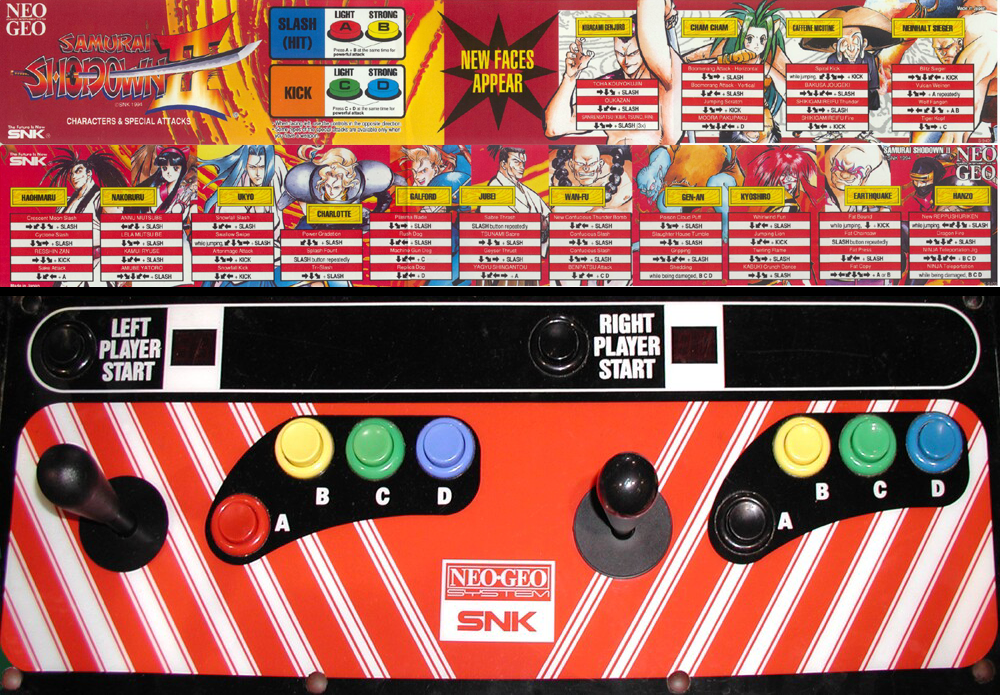

This led to comparisons between the two systems, especially due to the TurboGrafx's misleading marketing campaign falsely touting it as a 16-bit system despite only having an 8-bit processor. It arrived in the region in the same month as the Sega Genesis and was test marketed in the exact same areas.
#Samurai shodown ii pce rom Pc#
While the PC Engine launched in Japan unopposed, the TurboGrafx's North American debut was awkwardly timed. The same story cannot be told for TurboGrafx-16, which failed internationally. The original model of the PC Engine is also notable for its size, being one of the smallest video game consoles ever made at 5.5 in × 5.5 in × 1.5 in. Furthermore, HuCards are actually descended from "Bee Cards" (as in the bee that appears on the Hudson logo) which Hudson made for the MSX home computer, although a special cartridge was required to use them. Although the Sega Master System also used cards in addition to cartridges, they were far less common due to the storage limitations of the format. These plastic game cards were about the size of credit cards, but slightly thicker, with connectors clearly visible on the end. in a similar fashion to "Game Pak", or "Mega Cartridge" and "M圜ard/"Sega Card".

The most unique characteristic of the system was that the non-CD games did not come on bulky cartridges, but rather on thin TurboChips/HuCards note "HuCard" was used in all regions "TurboChip" was just an alternative name utilized for marketing in the U.S. Its mascot character was Bonk, or PC Genjin in Japanese, a clearly Punny Name on the system's name. The system is most noteworthy for being the first console to successfully challenge Nintendo's dominance of the video game market (at least in Japan) and being the first to play games off CDs (via an add-on). The TurboGrafx-16, known as the PC Engine in Japan, was (sort of) a 16-bit console developed by Hudson Soft and sold by NEC that was released first in Japan in 1987 and in North America in 1989.


 0 kommentar(er)
0 kommentar(er)
